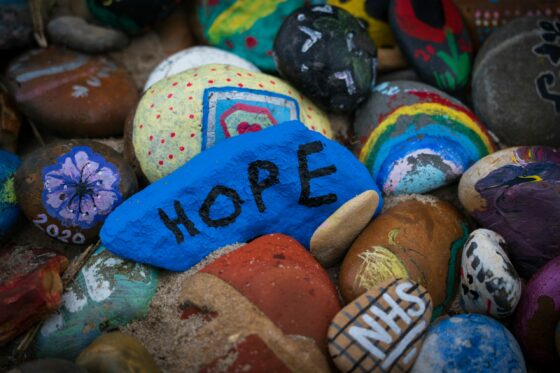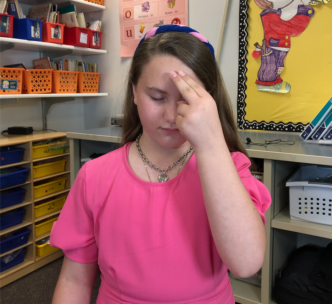
Imagine Hope!
In my fifth grade classroom during the peak COVID era—a hugless year of masks, social distancing and hand sanitizer, I had a student named Chloe

In my fifth grade classroom during the peak COVID era—a hugless year of masks, social distancing and hand sanitizer, I had a student named Chloe

Most adults and children feel anxiety at some point in their lives. Unfortunately, the incidence of anxiety has increased over the last decade, and dramatically

Many people are curious about Emotional Freedom Technique (EFT), also called Tapping. Tapping is a tool anyone can use to help them deal with difficult

The Imagine Project became a nonprofit a little over 5 years ago. We have grown tremendously in those 5 years, currently reaching over a quarter

Transitioning to a Trauma Informed School has become an important movement across the United States, particularly in those schools with a high population of at-risk

Parents, teachers, admin, even grandparents are struggling with the difficult decision of; “Should I send my child back to the classroom setting?” Some believe kids

Stress is running high right now. Everyone is feeling it, whether it’s a change in our everyday routines, being worried about a loved one, or

Stress is everywhere. You can almost feel it in the air. Our community, our state, our country, and the world are facing a difficult time—a

Numerous studies have been conducted that reveal just how much stress today’s kids are under. Sadly, we see it every day revealed in bullying, anxiety,

Every parent wants the best for their children. We work hard at making sure they eat right, do well in school, get enough sleep, etc.




Join our community to get the latest tips, exclusive offers, and updates straight to your inbox. Don’t miss out—subscribe now and be the first to know!